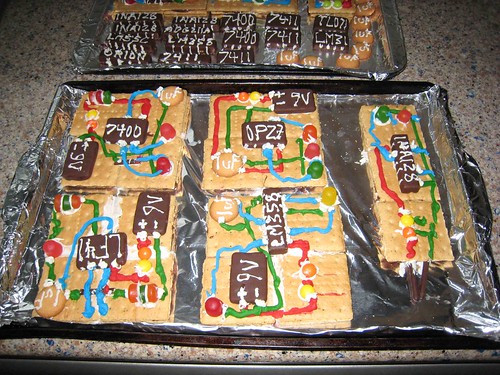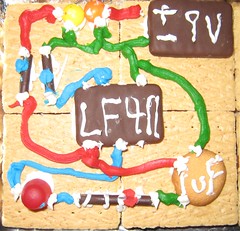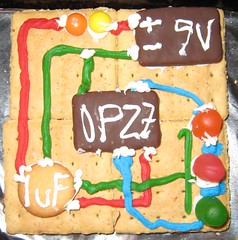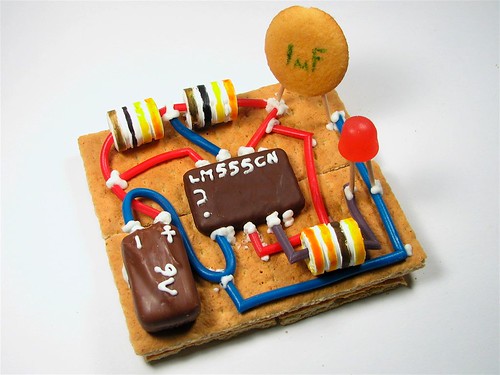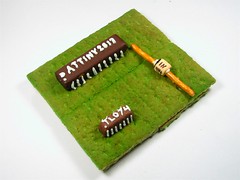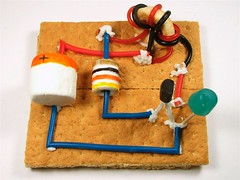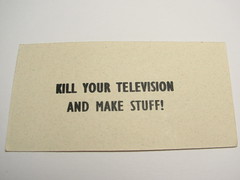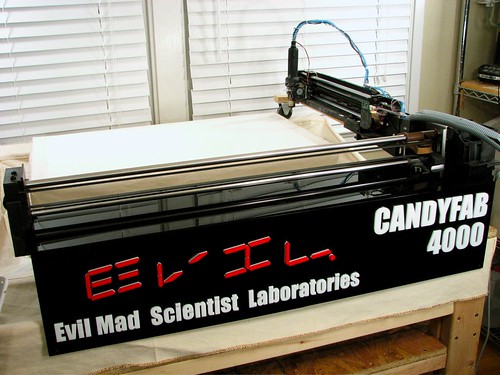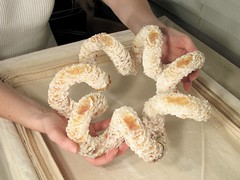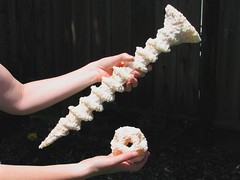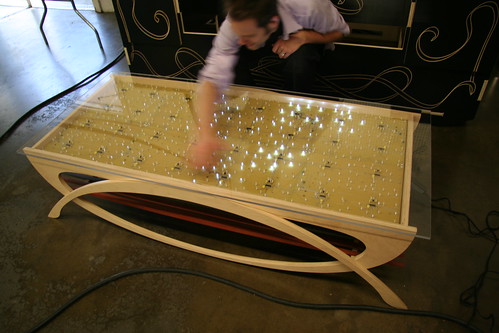
Last year at Maker Faire, we showed off our interactive LED dining table. There, we met the fine folks at Because We Can, who make amazing mostly wooden things with a little help from their robot. We eventually all decided on collaborating to design and build a new series of interactive coffee tables. We’ve just wrapped up the project and are introducing them this weekend at Maker Faire.
Besides what is written about them on this page, you can read more about them on the
Because We Can Blog, and you can also see lots of photos in the product pages for the two different coffee table designs: the wave and the ripple.
The new tables are designed to look really great whether or not you can see the LEDs. The wooden bases are elegant and attractive, and also if you go up to one and touch it, it will respond by pleasantly lighting up in that area. The tables are designed to respond in a subtle and gentle fashion to stimulus provided by human interaction. They are normally dim and constant– the most you’ll see in a dark room is a faint glow of twinkling like the night sky. When you set your glass down on the table, however, the table “sees” the motion that induces a slow ripple starting in that location that spreads out to other areas of the table as it dissipates. The overall effect is a bit like touching a pool of water, in that your local disturbance turns into an overall gentle rippling, and eventually settles down. It is decidedly not a disco floor– there is no blinking, no programmed oscillations, or for that matter, any digital electronics at all– the circuitry is completely analog to improve aesthetics and reduce eyestrain.
Continue reading Interactive LED coffee tables →




